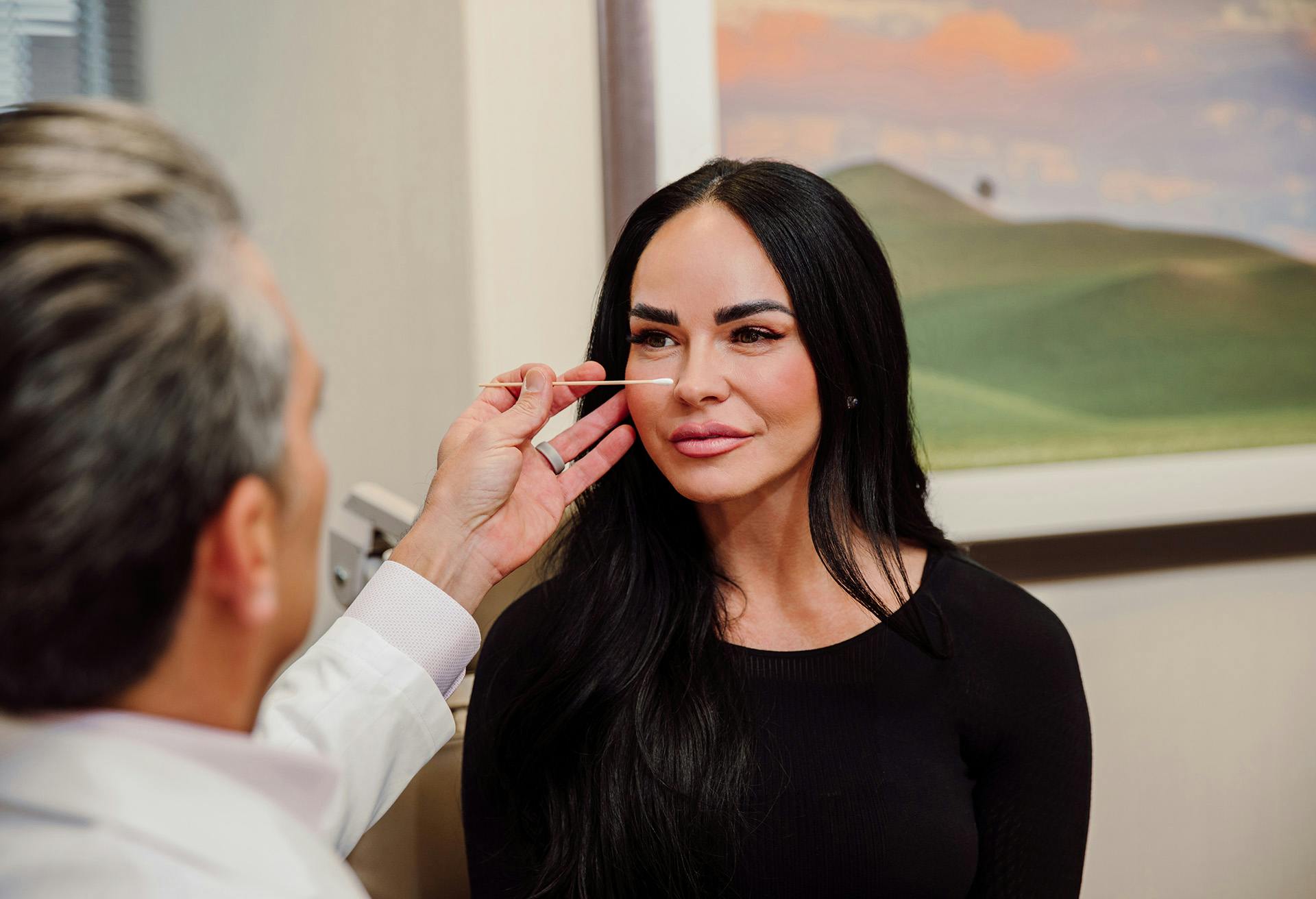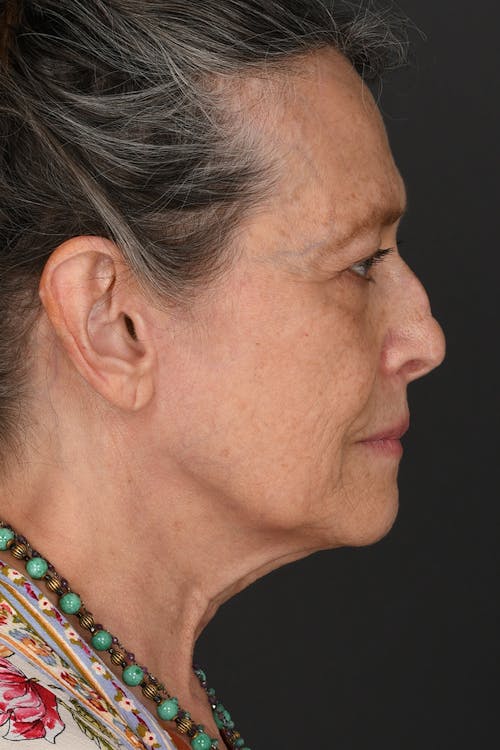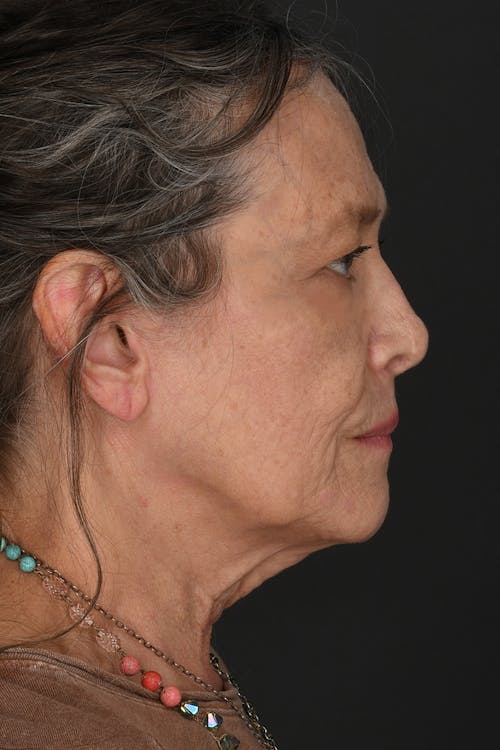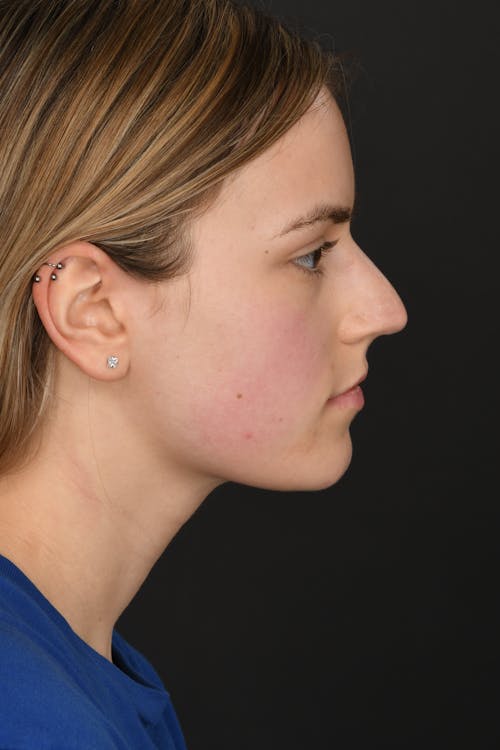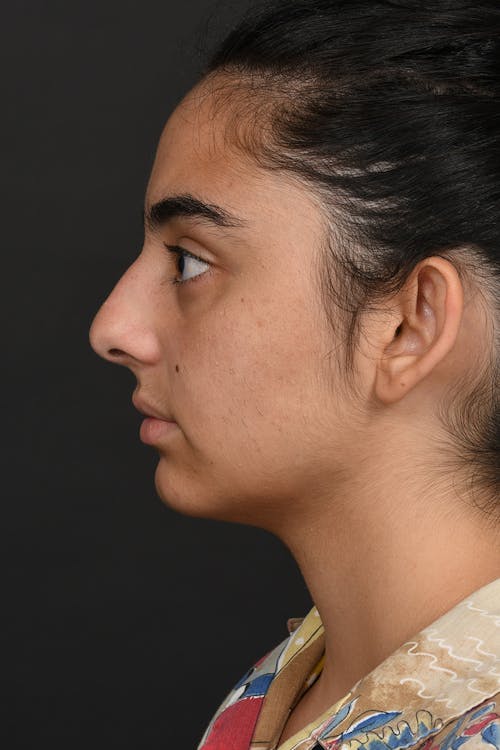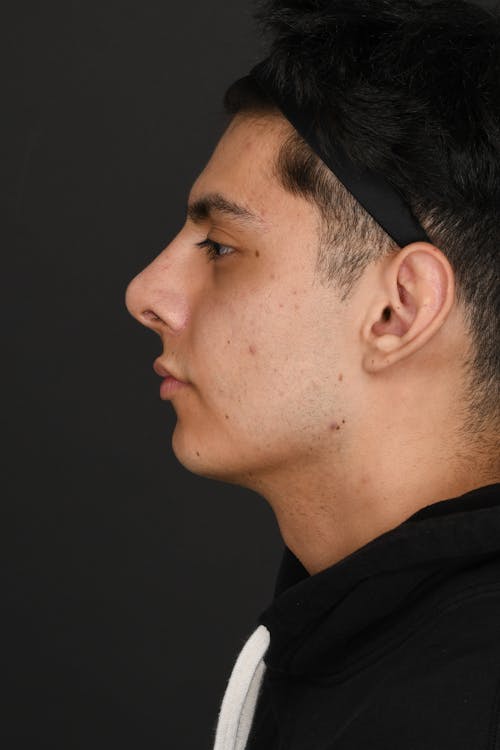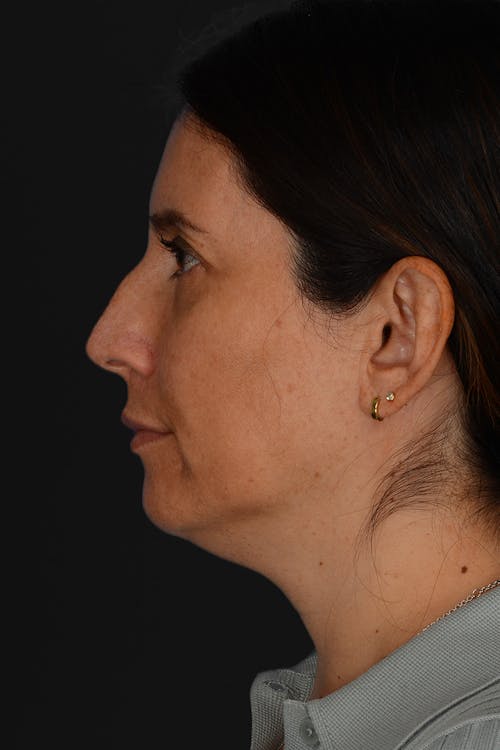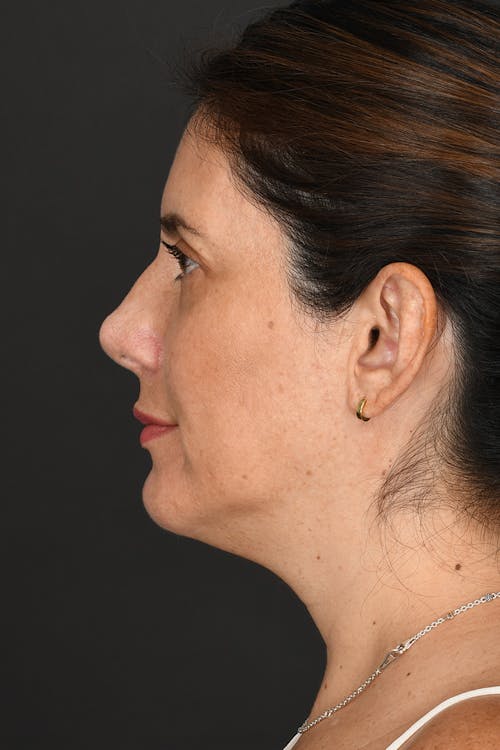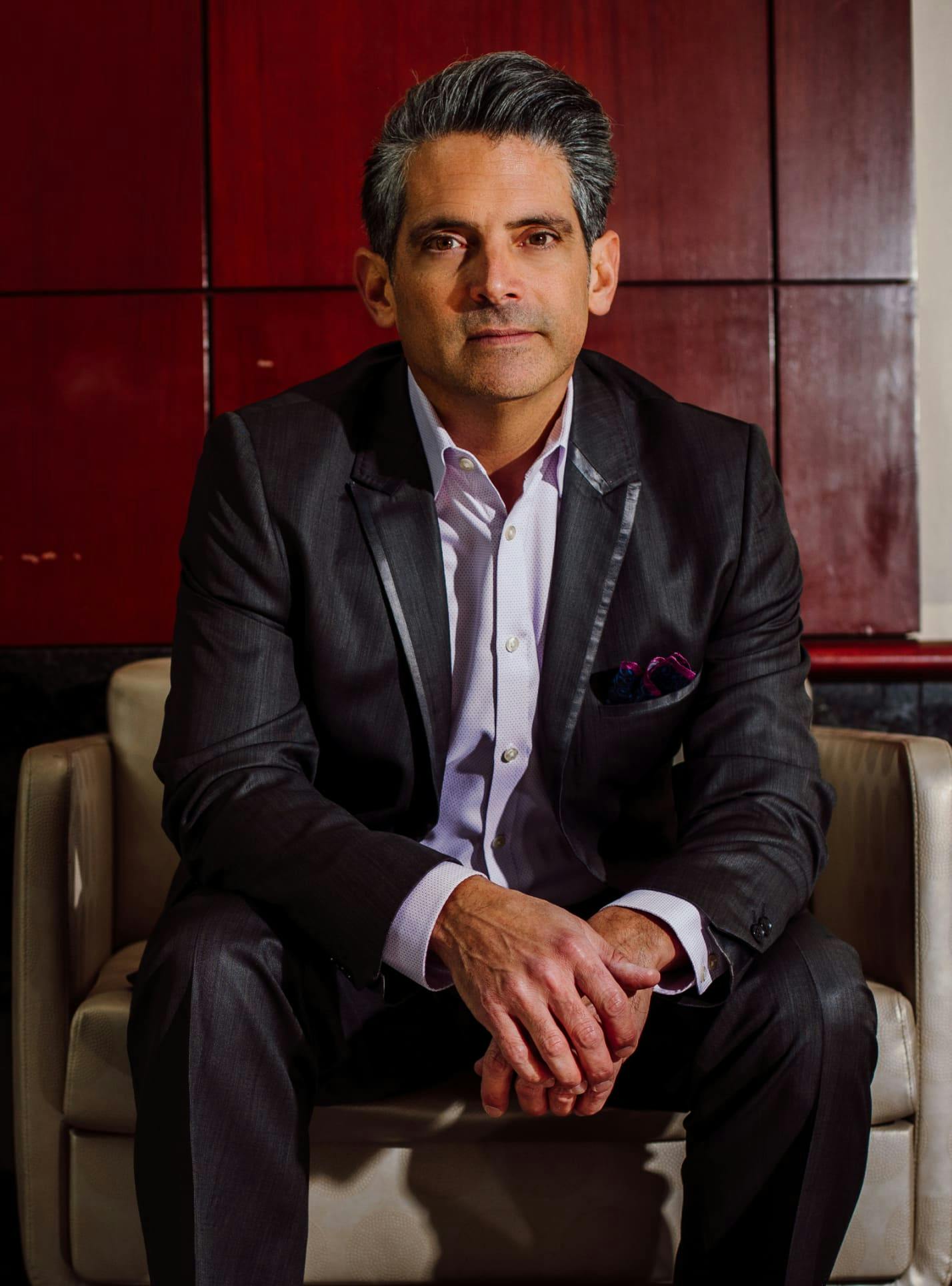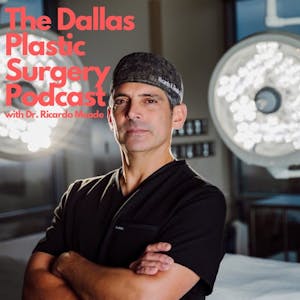Rhinoplasty reshapes the nose to enhance facial harmony while improving function for patients with breathing issues. Dr. Ricardo Meade provides precise, patient-centered care to create natural results that blend seamlessly with your features with rhinoplasty in Dallas, TX.
Benefits of Rhinoplasty
- Creates natural balance and symmetry with surrounding facial features
- Improves breathing by correcting septal deviations or nasal valve collapse
- Reduces snoring and sleep disruptions linked to airway obstruction
- Restores appearance after nasal trauma or injury
- Provides lasting self-confidence with proportional nasal refinement
- Can be performed as a standalone procedure or combined with other facial surgeries for comprehensive rejuvenation
